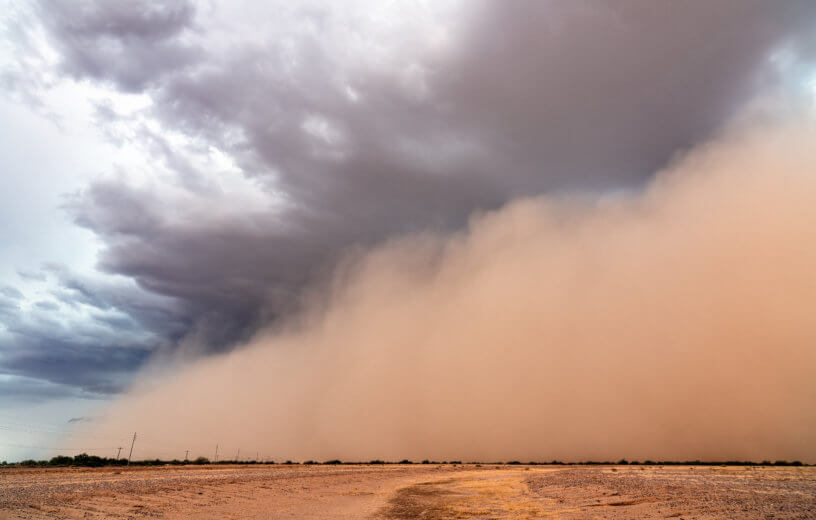NEW YORK — From wildfires to the coronavirus pandemic, even local natural disasters can have a global impact in the 21st century. Researchers, looking back at one of the worst events in the United States, say a second Dust Bowl is more likely in the age of climate change.
A study, published in the journal Frontiers in Sustainable Food Systems, looked at how an extreme event like the one in the 1930’s could damage both the U.S. and global food supply. Scientists warn that massive crop failures are more likely as temperatures continue to rise.
The original Dust Bowl was centered in the Great Plains of the U.S. and killed about 7,000 people. Millions more were displaced. The study says “unsustainable deep plowing” helped to displace much of the region’s water-retaining grass. A La Niña weather event then brought severe droughts, high temperatures, and powerful winds which turned all that topsoil into massive dust storms. The event caused the country’s wheat and maize production to plummet during the decade.
Dr. Alison Heslin from the Center for Climate Systems Research at Columbia University and other scientists predict a modern-day Dust Bowl could impact dozens of countries in just four years.
“We wanted to forecast how a multi-year production decline in a major exporting country, similar to that which occurred during the Dust Bowl, would affect modern food supplies globally via international trade,” Dr. Heslin explained in a statement.
The results found that the U.S. could exhaust 94 percent of its wheat reserves while dealing with the crisis. Trade partners would also feel the sting, as researchers predict between 36 and 52 countries would use up 75 percent of their reserve crops in four years.
“Disruptions are not bound by borders,” Heslin added.
The study says the Intergovernmental Panel on Climate Change predicts temperatures in the U.S. will likely rise over 3 degrees by 2060. That adds to the risk of more extreme weather events locally and around the globe.
“Our results remind us that mitigating climate risks requires accounting for not only the direct effects of climate change, like local extreme weather events, but also the climate impacts which travel through our interconnected system of global trade,” co-author Dr. Jessica Gephart said.
The study found one silver lining in their prediction. Scientists say global reserves of crops are high enough right now that the consumption of things like wheat wouldn’t have to drop during the crisis. Heslin warns however, “as reserves deplete, people are at risk of food shortages.”
